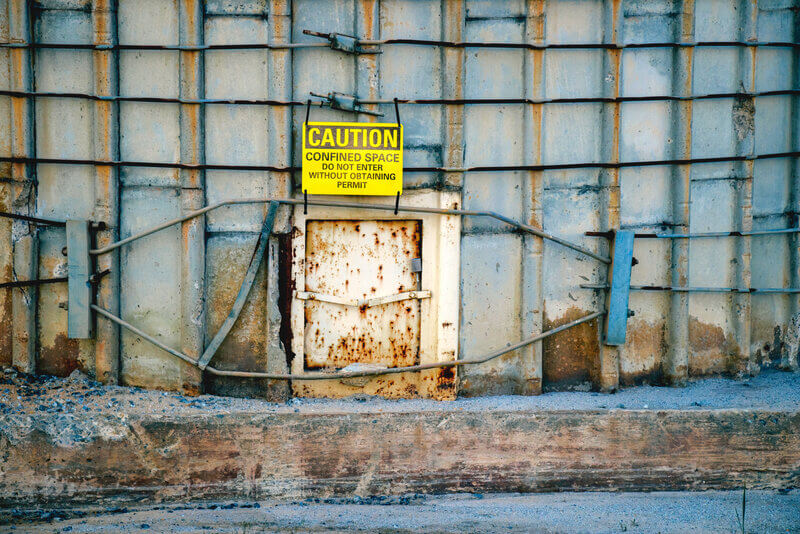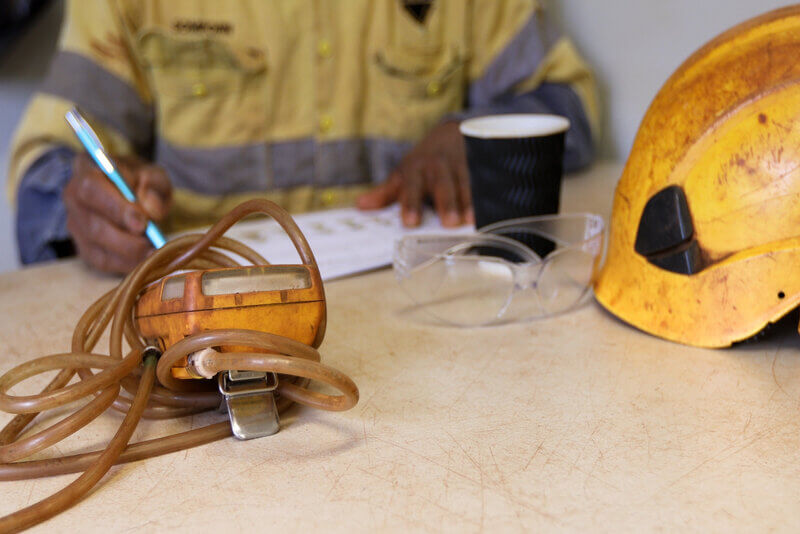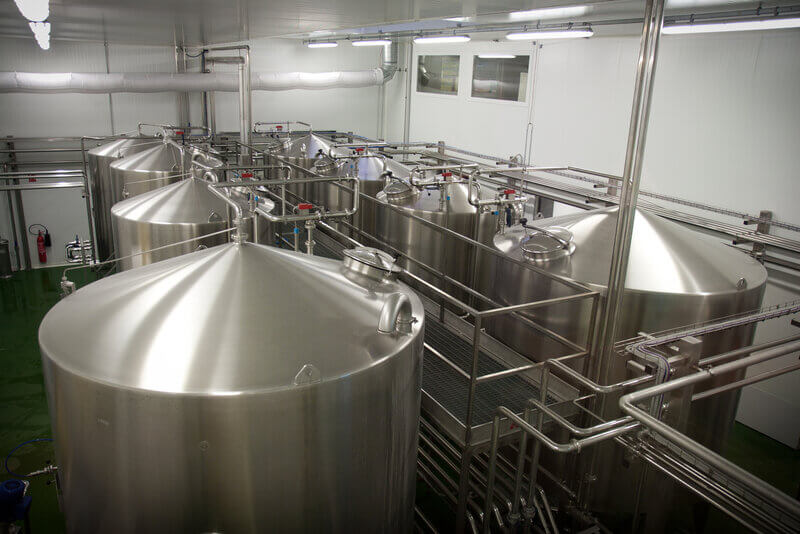If you operate an industrial business with a silo, you know this equipment is expensive and requires maintenance. Regular silo cleaning will keep your equipment operating at maximum efficiency. It also increases the lifespan of your silo and reduces the likelihood that it will require expensive repairs in the future. Silo cleaning will also save money by preventing material blockages that can halt production and cause unnecessary headaches.
Your silo needs cleaning, so how should you carry out this task?
The simple answer is that you shouldn’t.
Silo cleaning poses several significant hazards and should only be carried out by professionals, as it poses critical health and safety risks.
But what are the associated risks of this task? And how do we effectively clean silos whilst prioritising safety?
Effective silo-cleaning methods
Vacuuming is the preferred cleaning method if silos are regularly cleaned and uncontaminated. The vacuum can be fed in from the silo hatch, meaning there is no need to enter the silo. However, vacuums are limited in their capacity to clean. They are effective for removing loose debris, such as powder or granules, but are not able to remove hard, impacted deposits.
In this case, we move on to silo wipes. This piece of equipment literally wipes off dried material, freeing it to be removed with ease. Any tool used within a silo must be made of anti-static materials to ensure they do not create a spark that could cause a fire or explosion.
A suspected or uncovered infestation in a silo requires a different approach. In this case, the cleaning method needs to be suitably adjusted to include sanitisation and microbiological testing to ensure the safety of the contents.
Mould is another issue that needs to be considered, requiring a wet pressure wash and thorough drying before the silo can resume use.
While the cleaning methods remain consistent across different materials, specific considerations apply depending on the substance being stored and any issues, such as the solidification of liquids or the crystallisation of solids.
Why is silo cleaning dangerous?
Silos are considered confined spaces, defined as areas not designed for human occupancy. Entering them poses significant risks that need to be considered.
Chemical hazards include:
- Nitrogen dioxide, a gas commonly found at the base of newly filled silos. Inhalation of this gas can lead to immediate fatality
- Carbon dioxide can fill the silo’s headspace by displacing oxygen and causing asphyxiation
- Hydrogen sulfide, a colourless gas that is highly flammable and toxic
Physical hazards include:
- Sudden shifts in free-flowing liquid or solid material can lead to avalanches or collapse, potentially trapping workers and causing injuries.
- Excessive heat can cause heat stress, illness, and even death.
The contents of silos can also be dangerous, with the dust of some powdered products, such as flour, chocolate powder and sugar, becoming explosive if stored or handled incorrectly.

Ensuring health and safety
Silo cleaning presents many dangers, making it crucial to prioritise health and safety measures. Compliance with our rigorous safety procedures, including a comprehensive risk assessment and contingency planning, is essential.
Critical considerations include adequate ventilation, securing valves, and providing breathing apparatus to maintain oxygen levels. Providing specialist safety equipment like respirators, appropriate cleaning tools, and personal protective equipment (PPE) is essential.
Examples of PPE can include full-body coveralls, disposables, hard hats, face shields, goggles, ear protection, specialist safety shoes, boot covers, body harnesses, respirators and breathing apparatus.
By evaluating site-specific information and adhering to all our safety protocols, we successfully complete challenging silo-cleaning projects while prioritising our staff’s well-being.
Our silo cleaning safety precautions
Cleaning a silo is a complex, hazardous task that requires rock-solid safety precautions. Conducting a Job Safety Analysis (JSA) is the first step for any hazardous cleaning job. Our JSA outlines the safest way to complete the job for our staff and the equipment we work on. It also incorporates contingency planning (which we regularly practice), so our team know exactly what to do if something were to go wrong.
We take health and safety seriously, no matter what the job entails. Our silo cleaners must hold an NZQA qualification for confined space entry and gas detection.
Before we enter any confined space, we test the air quality to ensure ‘breathability’. Even once this is confirmed, we still use breathing protection. When we enter a confined space, we always do so in teams of three. One person to enter the confined space and two to ensure safety by monitoring the environment and the job progress.

We are your cleaning experts!
Silo cleaning is critical to maintaining operational efficiency and preventing production disruptions for your business. We are silo-cleaning experts with decades of experience. We understand the risks of silo cleaning and how to mitigate them.
We also offer flexibility to ensure we are available to clean your silos when they are empty, scheduling our work around our clients to minimise downtime and lost revenue.
By prioritising safety and efficiency, we ensure a secure work environment for our employees and a productive workplace for our clients. Our experience and expertise mean we can easily handle any job in a timely, efficient way. Be sure and check out our industrial cleaning services, popular birdproofing services and birdproofing solutions blog post.
If you have a silo that requires cleaning, get our specialist team on the job today. Contact us to find out how our professional, cost-effective cleaning services can help your business ensure compliance and safe, clean production.

